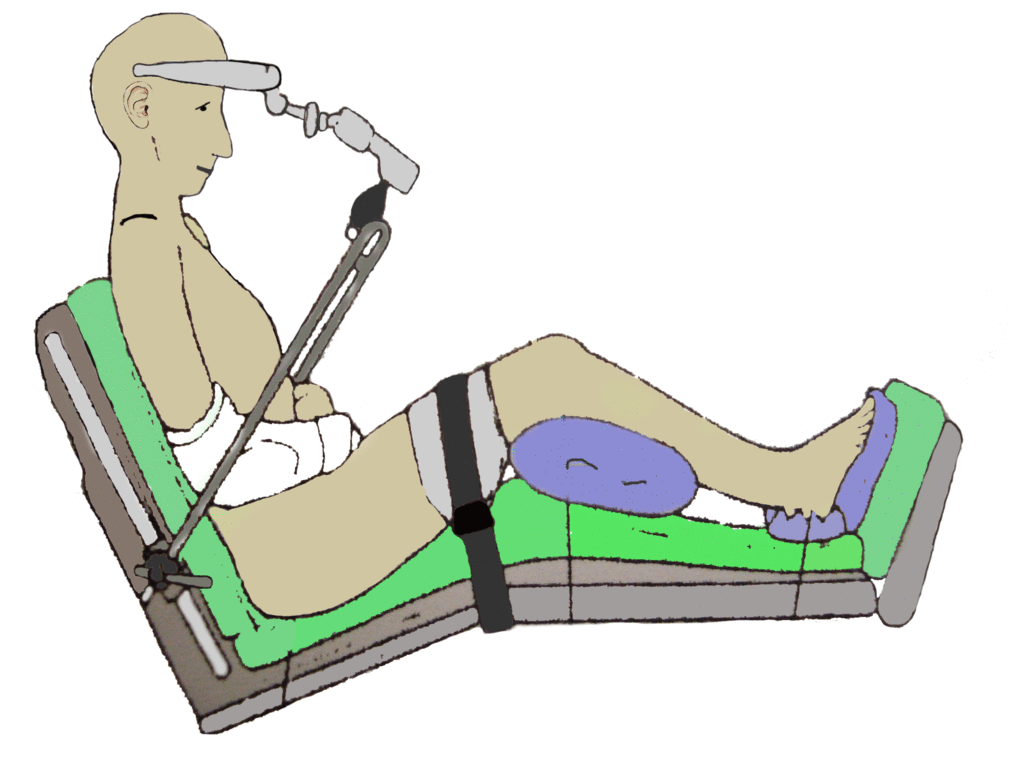
Fowler’s Position: How to position a patient in Fowler’s Position
Considering how many patients spend significant time in hospital beds, Fowler’s position is an extremely important patient position for a CNA, or any nurse, to understand. Fowler’s position, or standard patient position, was invented by George Ryerson Fowler as a way to reduce the mortality of peritonitis, which is an inflammation of the tissue in the abdomen. This position helps ease pain and discomfort associated with medical treatments, and it is the most popular in terms of comfort, accessibility, and recovery after surgery. It also helps relieve stress, keeps muscles flexible, and helps avoid injury and the effects of gravity. Studies show that the standard patient’s position can make it easier for your body to heal. The patient’s position in all aspects of care is vital to the safety and effectiveness of the surgery and the recovery. The type of surgery, injury, or illness determines the type of standard patient’s position for the patient.
What is Fowler’s position?
The patient sits in a semi-upright position (45 to 60 degrees), with knees bent or straightened in this position. Using a standard patient’s position can help promote oxygenation of the lungs and help minimize abdominal and chest muscles tension, making it very useful for patients with mild to moderate respiratory distress. When in the standard position, the patient’s head should be neutral and have minimal elevation. It is necessary to flex the arms across the body, pad the buttocks, and bend the knees 30 degrees. Patients lie in the standard position, often in neurosurgery and shoulder surgery. However, there are several ways the standard patient’s position can be beneficial, which include:
- When performing nose surgeries, abdominoplasty surgeries, or breast reduction surgeries.
- When eating or doing other activities
- To promote uterine drainage in postpartum women and infants suffering from respiratory distress
- To minimize the risk of aspiration when implementing oral or nasal feeding tubes
How to position the resident in Fowler’s standard position
It is the nurse’s responsibility to ensure that every patient is safe and comfortable to undergo surgery. A nurse can determine and maintain a patient’s most comfortable position by properly placing residents in a standard Fowler’s position. Having this skill mastered is an important daily task when working with residents. To position the resident in the Fowler’s standard position, follow the below steps:
Before entering a patient’s room, knock, introduce yourself, explain what you are about to do. If the curtains are open, close them, then wash your hands.
Raise the resident’s bed so that their head is at 60 to 90 degrees. This ensures that there is adequate airflow.
- Get your supplies.
- Put down the top sheet so that it makes it easier to place pillows around the patient.
- Put a pillow behind the patient’s head.
- Put pillows underneath the elbows and under the arms.
- Put pillows under the legs and the calves.
- Reduce the bed height, but leave the resident’s leg in place.
- Make sure you cover all of your standard completion tasks, such as -Washing your hands
- Ensuring the patient has a clean environment
- Ask if they are comfortable
- Giving them a calling light
- Closing their curtain
Benefits of the Standard patient Position
In the past 40 years, standard patient care has become one of the critical skills that all nurses must learn as part of their education. Besides creating more comfort for patients, the standard position has these advantages:
- Enhanced surgical exposure
- A greater discharge of blood and cerebrospinal fluid
- An increase in homeostasis
- Breathing improvements
- A relaxed abdominal muscle group.
The standard patient position benefits immobile patients and infants with chest compression due to gravity. In addition, it helps transfer fluid after pneumonectomy, abdominal surgery, or similar procedures.
How should you position a patient in a Fowler’s standard position?
In order to fulfill the Metaparadigm of nursing, nurses must understand the different standard positions and when to apply each one. A variant is appropriate for the condition of the patient. Head elevation determines the categories.
- Low Fowler’s 15 to 30 degrees
- Semi-Fowler’s 30 to 45 degrees
- Standard Fowler’s 45 to 60 degrees
- High Fowler’s 60 to 90 degrees
You can see all of these positions here.
High-Fowler’s standard position: A patient in this position is upright, and their spines are straight. The upper body has a 60 to 90-degree angle relative to the lower half. In addition to allowing for easy breathing, this position is also beneficial for:
- Easy breathing
- Defecating
- Eating and swallowing
- X-raying
Semi-Fowler’s standard position: This position refers to a patient lying on their back with their head and torso raised between 15 and 45 degrees. The typical bed angle with a patient in this position is 30 degrees. Medical reasons for implementing this position include:
- Eating
- Expanding lungs
- Reducing respiratory and cardiac conditions
Standard Fowler’s standard position: A patient sits upright at a 30 to 90-degree angle in the Fowler’s standard position. Patients lie on their beds either with their legs bent at the knees or straight. The standard positions benefit patients suffering from respiratory distress syndrome since they allow free chest expansion and allow oxygen to be pumped into the lungs. In patients who can not move, this position allows them to talk, eat, and swallow easily.
Low-Fowler’s standard Position: Resting in this position is like lying in the supine position and it is the most comfortable position. The patient’s head is at a 15 to 30-degree angle. Typically, this position is best when:
- Relieving lower back pain
- Taking medications
- Preventing aspiration while feeding through a tube.

Michael Schultz, RN
Michael Schultz is a registered nurse with work experience at Sparrow Health, Holland Home Rehab, Ingham Regional Medical, and Spectrum Health. He has worked as a medical and surgical nurse and has expertise in gastrointestinal medicine. Michael graduated from LCC in 2003 and subsequently worked admitting patients at Sparrow ER/Urgent Care for 2 years. After that, Michael worked for 6 years at Ingham Regional Medical Center, followed by 7 years in Gastrointestinal/Genitourinary at Spectrum Health.